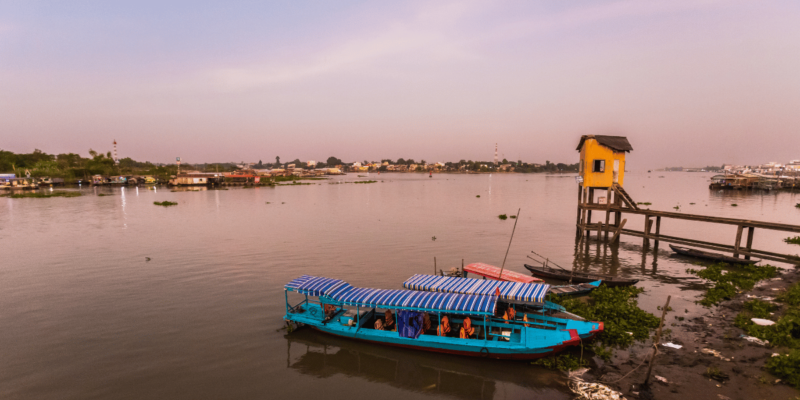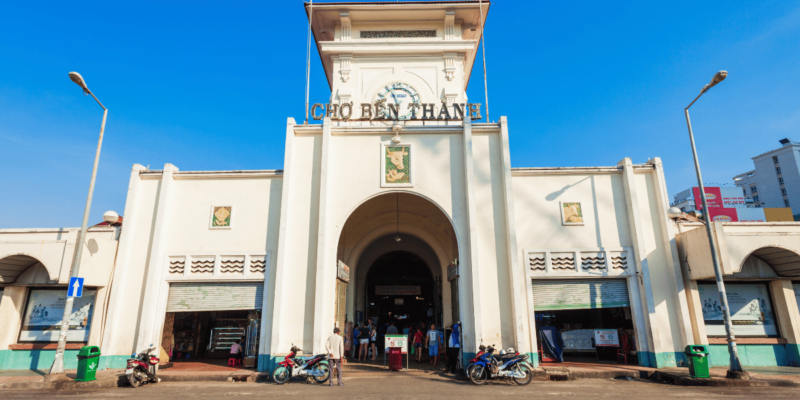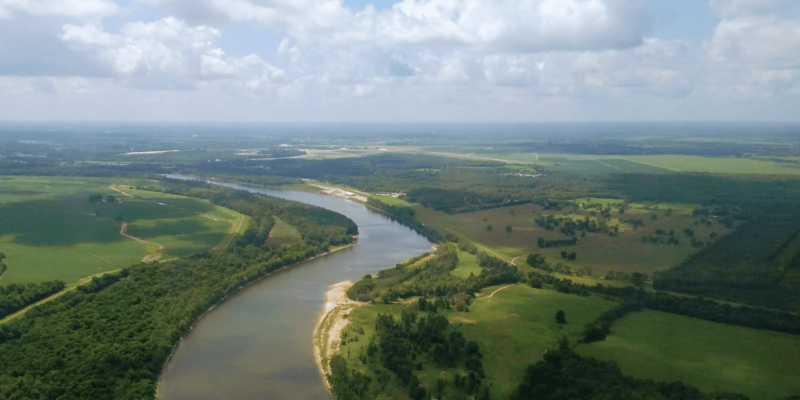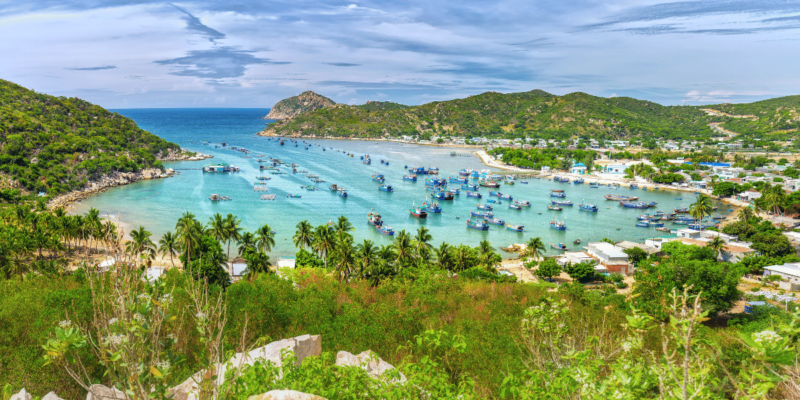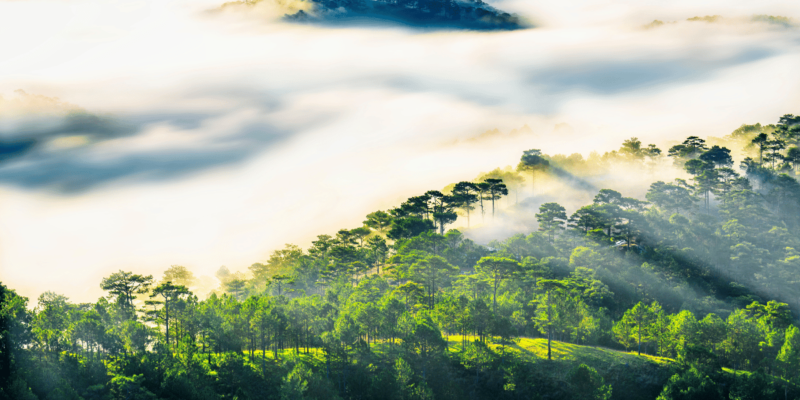About Vietnam – Topography
The Northern Highlands: Cultural and Environmental Richness
Cultural Heritage The Northern Highlands of Vietnam are not only known for their rugged terrain but also for the rich cultural heritage of the ethnic minorities residing there. This region is home to several indigenous groups including the Hmong, Dao, and Tay, who maintain unique traditions, languages, and lifestyles that have been shaped by their environment. Their colorful festivals, intricate handicrafts, and traditional houses are integral to the cultural landscape of Vietnam and offer valuable insights into the country’s diverse heritage.
Environmental Significance The highlands are characterized by dense forests that play a crucial role in biodiversity conservation and climate regulation. These areas are critical habitats for numerous plant and animal species, some of which are endemic and endangered. Conservation efforts are vital to protect these unique ecosystems from threats such as illegal logging and unsustainable agricultural practices.
The Red River Delta: Agricultural Heartland
Agricultural Production The Red River Delta is Vietnam’s most important agricultural region. Its fertile soil, made rich by sediment deposits from the Red River, supports the cultivation of rice, fruits, and vegetables, which are staples for the local population and significant for the national economy. The delta’s productivity is essential in ensuring food security for millions of Vietnamese.
Challenges and Adaptations This area faces significant challenges due to climate change, including sea-level rise and increased incidence of extreme weather events such as typhoons and floods. These challenges have prompted local communities and the government to implement adaptive measures such as improved irrigation techniques, embankments to prevent flooding, and crop diversification to ensure sustainability.
The South: Coastal Lowlands and Annamite Range
Coastal Lowlands: Economic and Recreational Activities The coastal lowlands are crucial for Vietnam’s fisheries and aquaculture, contributing significantly to the national economy. The coastline supports a thriving tourism industry, with beautiful beaches attracting local and international tourists. Cities like Danang and Nha Trang are not only popular for their scenic beauty but also for their historical and cultural significance.
Annamite Range: A Biodiversity Hotspot The Annamite Range serves as a natural barrier between Vietnam and Laos, featuring diverse ecosystems that are among the most biologically rich in Southeast Asia. The range is recognized for its complex of protected areas and national parks which are home to many rare species such as the saola and Annamite striped rabbit. Conservation initiatives are critical in this region to protect its unique flora and fauna from poaching and habitat loss.
The Mekong Delta: Vietnam’s Rice Bowl
Agricultural Abundance The Mekong Delta is often referred to as Vietnam’s “rice bowl,” a testament to its pivotal role in rice production for the country and the export markets. Besides rice, the delta is also a major producer of fruits like mangos and bananas, and an essential region for fish farming, particularly catfish and shrimp.
Environmental and Socio-economic Challenges The delta is increasingly vulnerable to environmental degradation due to overuse of water resources, pollution, and upstream dam construction, which affects water flow and sediment deposits that are crucial for agriculture. These environmental changes have significant socio-economic implications for millions of inhabitants whose livelihoods depend on agriculture and fishing.
Cultural Aspects The delta is not only an agricultural hub but also a region rich in cultural traditions, particularly related to waterway lifestyles and floating markets, which are iconic symbols of Vietnam’s rural life. Festivals and culinary traditions here reflect the close relationship between the people and the river, highlighting a lifestyle adapted to the rhythms of the water.
By understanding these diverse topographical regions, one gains a deeper appreciation of Vietnam’s complex environmental tapestry and the intricate balance between human activities and natural ecosystems.


